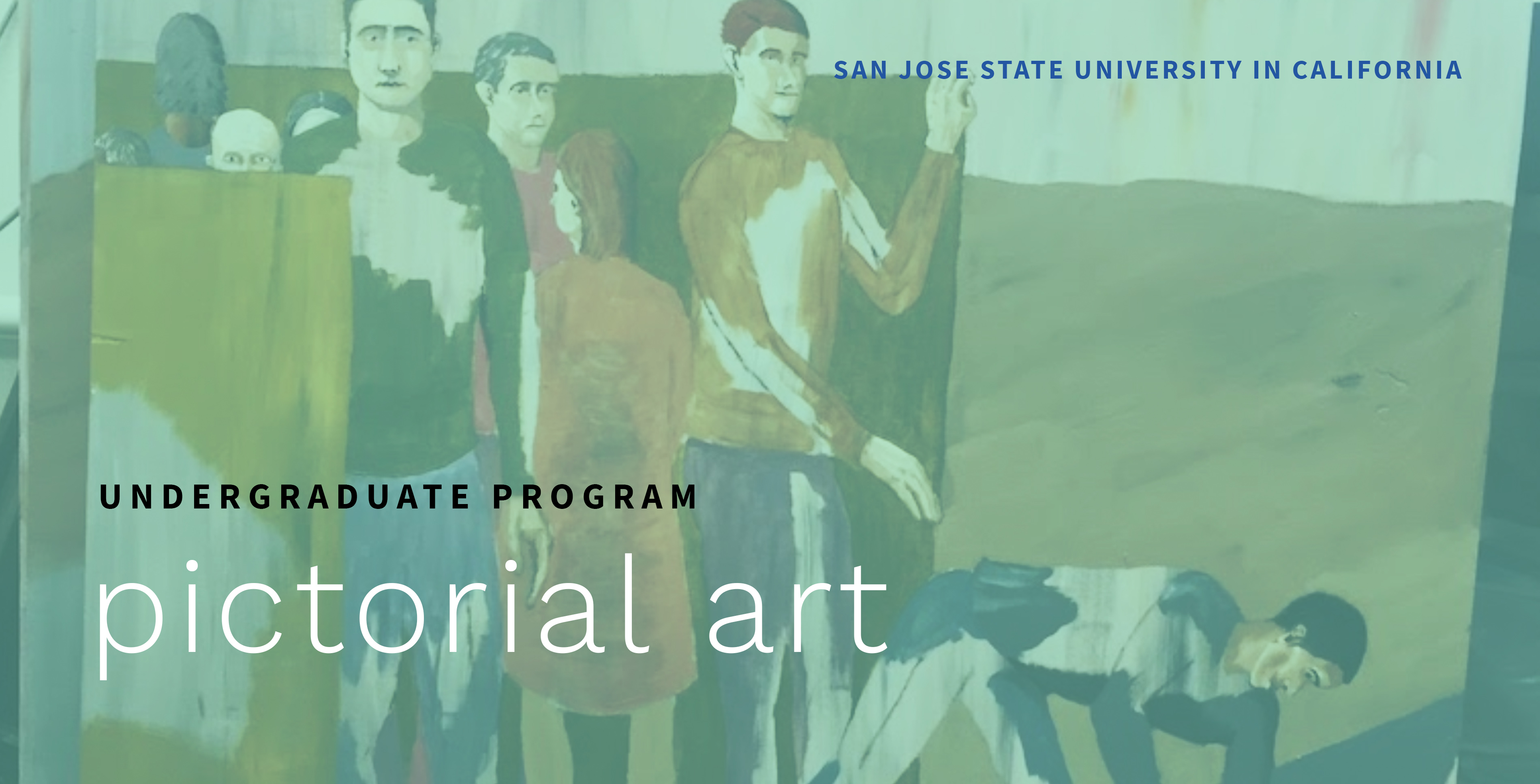Pictorial Art
The SJSU Pictorial Art Program sees itself in a unique position in both time and place to examine the inherent and complex ability of painting to produce thinking with an explosion of new technologies that also aspire to produce knowledge. The pictorial arts simultaneously display knowledge and provoke new intellectual and physical activity. This power, argues Havard Art, Film, and Visual Studies Professor David Joselit, has a unique ability to visualize digital and social networks. SJSU’s geographic location in the Bay Area is a strength. As part of the California State school system, our students have access to the region's economic and intellectual industries, influences, and resources.
A large portion of our student body is drawn from the surrounding counties and many are first generation college students. Our department as a result can offer SJSU Pictorial Arts students access and opportunities to apply their education and skill sets to the visual system of the Bay Area’s growing economies. The faculty in the Pictorial Department understands that diversity in the student body is a core strength at SJSU. Our students can exercise influence and become leaders in their chosen mediums by applying their skills to produce meaning around the diverse kinds of questions that will confront them in their lives after graduation.
Undergraduate Program – BFA
Degrees: BFA Art Concentration in Pictorial Art | Minor in Pictorial Art
The Pictorial Art BFA program provides students rigorous formal and conceptual training in the unique historical and contemporary practices and methodologies specific to the disciplines of drawing, painting, and printmaking. Courses in the program encourage the development of innovation and experimentation while simultaneously building a visual fluency and sensitivity to hand rendered and digital systems of representation.
Students in the program receive ample studio space and access to facilities that support the instruction and practice of a diverse range of 2-D traditional and digital printing technologies. As such, the Pictorial Art Program promotes a transformational and trans-disciplinary, contemporary approach to the creation of 2-D art by providing students with the opportunity to explore and combine processes like painting, drawing, lithography, intaglio, screenprinting, and photogravure with digital tools and state-of-the-art software – Adobe Creative Suite, Procreate, Wacom Tablets and Digital Drawing in AR/VR and XR. Students in Picotrial Art also produce works ranging from graphic novels, indie-zines, illustrations, digital video and animations, staged performances, works using sound, and small and large art-installations.
Quick Links
Program Learning Outcomes (PLO)
PLO 1
Analyze and research visual and conceptual problems and both apply and explain their use of basic design principles, concepts, tools, techniques, media, materials, formats, and visual languages to solve those problems. We expect our students to bring their expertise in finding visual-verbal solutions to problems as they embark on a lifetime of self- and professional employment in a variety of careers. As students they will demonstrate their development and application of art knowledge in a wide range of studio courses, culminating in a capstone course.
PLO 2
Demonstrate increasing skills in the use of diverse materials, tools, and media, and be able to explain and evaluate success/failure in individual and group critiques. We expect our graduates to be lifelong problem-identifiers and problem solvers, always on the lookout for new and better skills. Prior to graduation, they will demonstrate their making/evaluating skills in studio courses and their skills of self-assessment and explanation in a sequence of interdisciplinary professional courses and in a capstone course.
PLO 3
Demonstrate their commitment to valuing art’s role in offering cultural critique and addressing issues of social responsibility in a global society. As creative professionals, our graduates will, we hope, assume leadership roles in engaging with social and cultural change-as teachers, as critics, as spokespersons for important issues that cannot yet be imagined. As undergraduates, our students will demonstrate their understanding of the values of contemporary art in their visual and written responses to class assignments in studio courses and in the interdisciplinary core and capstone courses (where these qualities will be assessed), in their work on collaborative group projects, in the successful articulation of their ideas in exhibitions and artist statements.
PLO 4
Apply their knowledge of visual history and theory to their creative endeavors and to their professional practice. They will be able to speak and write clearly about art and global culture, using appropriate terminology and demonstrating their understanding of the contemporary art world. They will demonstrate their ability to place their own work within the broader context of historical and contemporary art and ideas. Our graduates will commit to continued personal engagement with intellectual issues in contemporary art and culture. As students, they will demonstrate their understanding of visual history and theory in assignments completed for their art history courses and their understanding of the intellectual context and historical precedents of their own work in assignments completed for their professional core and capstone courses.
PLO 5
Demonstrate their readiness for careers as creative professionals by completing a more sequenced and specialized course of study in sculpture, installation and other three-dimensional art forms. Admission to the BFA requires students to demonstrate their ability to work independently as artists. Students will have successfully developed and presented for review by the Department’s faculty (a) a unified body of work (10 images), (b) n artist statement (of purpose) and then secured (c) support and commitment of two area faculty members willing to serve on that student’s BFA committee. Each BFA candidate then (d) successfully completes the professional BFA seminar and (e) schedules and mounts in one of the Department’s student exhibition galleries a solo exhibition (as the work for ART 199) that meets the approval of the student’s BFA committee. Our BFA graduates will embark on professional careers as practicing artists and creative professionals and/or apply to MFA programs for further instruction and certification for college/university teaching.
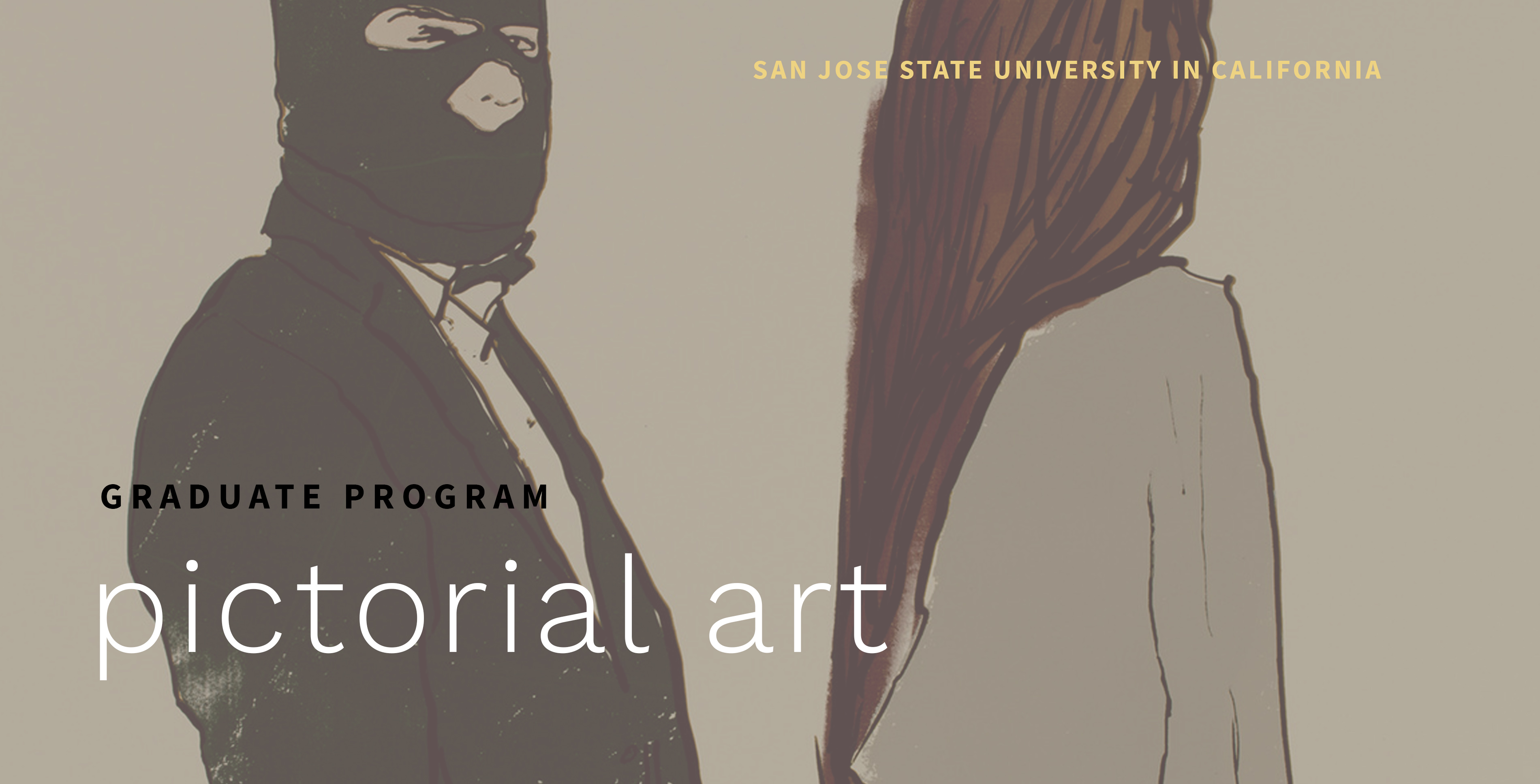
Graduate Program – MFA
MFA Art Concentration in Pictorial Art
The Pictorial Art MFA program provides students rigorous, formal and conceptual training in the unique historical and contemporary practices and methodologies specific to the disciplines of drawing, painting, and printmaking. Courses in the program encourage the development of innovation and experimentation while simultaneously building a visual fluency and sensitivity to hand rendered and digital systems of representation.
MFA students in the program receive private studio space and access to facilities that support the instruction and practice of a diverse range of 2-D traditional and digital printing technologies. As such, the Pictorial Art MFA Program encourages a transformal contemporary approach to the creation of 2-D art by providing students with the opportunity to explore and combine processes like painting, drawing, lithography, intaglio, screenprinting, and photogravure with digital tools and software.
The faculty at San Jose State University are actively involved in the contemporary
art community and exhibit nationally and internationally. Faculty work explores a
broad range of formal and conceptual approaches. Graduate students are encouraged
to develop their own creative and expressive directions through work with the faculty,
individual studio projects, gallery exhibitions, interaction with the professional
art community in the San Francisco Bay Area, and the investigation of current issues
and concepts as presented in the graduate seminars.
Quick Links
- Application Instructions and Procedures
- Degree Requirements: MFA Pictorial Art
- Course Requirements
- MFA Summary
Program Learning Outcomes (PLO)
PLO1
Will be able to analyze and research visual and conceptual problems and both apply and explain their sophisticated use of the elements and principles of art to solve those problems. Our graduates will be artists capable of studio practice and exhibition at the professional level.
PLO2
Will be able to demonstrate increased technical capabilities and skills relevant to their areas of expertise and be able to explain and evaluate success/failure in individual and group critiques. We expect our graduates to be lifelong problem-identifiers and problem-solvers, always on the lookout for new and better skills. Prior to participation in a final thesis exhibition, MFA candidates will already have demonstrated their skills in portfolio reviews, frequent faculty and peer critiques, evaluations by thesis committee members, and in solo and group exhibitions.
PLO3
Will demonstrate their commitment to valuing art’s role in offering cultural critique and addressing issues of social responsibility in a global society. As creative professionals, our graduates will, we hope, assume leadership roles in engaging with social and cultural change--as teachers, as critics, as spokespersons for important issues which cannot yet be imagined. As graduate students, our MFA candidates will demonstrate their understanding of the values of contemporary art in their visual and written responses to class assignments in area and interdisciplinary seminars and in the successful articulation of their ideas in exhibitions and artist statements.
PLO4
Will apply their knowledge of visual history and theory to their creative endeavors and to their professional practice. They will be able to speak and write clearly about art and global culture and demonstrate their understanding of the contemporary and global art world. They will demonstrate their ability to place their own work within the broader context of historical and contemporary art and theory. Our graduates will commit to continued personal engagement with intellectual issues in contemporary art and culture.
PLO5
Will not only be capable of studio practice and exhibition at the professional level but also will have demonstrated the ability to organize and present technical and intellectual information and to lecture/teach on a variety of topics in pictorial art. Those students who seek teaching positions while still in graduate school will be mentored in classroom assistant capacity for two semesters, carefully screened for a teaching pool, trained as teachers, and carefully evaluated when hired as Teaching Associates. We expect our graduates to be experienced and professional teachers.
Facilities
General studio/classroom space is available for painting and drawing and there are well-equipped support facilities such as wood and metal shops. Graduate printmakers have the use of four large studio/classrooms, as well as the intaglio and lithography press prep rooms. A papermaking lab is also available. Three intaglio presses and four lithography presses allow the printer to work in monoprint or in editions, on stones or aluminum plates. The screen printing studio has a large vacuum-exposure table for exposing plates and stencils. The photo darkroom, with graphic arts camera and enlargers, allows printmakers access to a variety of photo-printmaking processes for all printmaking media.
The Department of Art & Art History Printmaking Program facilities are located on the third floor of the Art building. Intaglio printing takes place in Art 309 & 309A, lithography in Art 307, and screen printing in Art 301. Additionally, there is a dedicated printmaking darkroom in Art 303. This 4000 sq-ft facility includes a fume collection system in all the printing areas.
Program Coordinator
Prof. Shaun O'Dell – shaun.odell@sjsu.edu
Graduate Coordinator
Prof. Carla Fisher Schwartz – carla.fisherschwartz@sjsu.edu
Faculty

Shaun O'Dell
Associate Professor
Area Coordinator - Pictorial Art
Art 315 | shaun.odell@sjsu.edu
Shaun O’Dell received a BA from the New College of California, San Francisco, in 2002 and an MFA from Stanford University in 2004. His work explores the intertwining realities of the human and natural orders.His work has been exhibited widely in the US and internationally.
O’Dell is represented in New York by Susan Inglett Gallery, in Houston by Inman Gallery, and in San Francisco by Gallery 16 and on Long Island by Halsey/McKay. He has won numerous awards and honors including the Tournesol Award (2009, Headlands Center for the Arts), Diebenkorn Teaching Fellowship (2006, SF Art Institute), Artadia Award (2005, San Francisco) and The Fleishhacker Foundation Award in 2002 . His work is included in a number of permanent collections, including the Museum of Modern Art, NY, the Whitney Museum of American Art, the Bronx Museum of Arts, the de Young Museum, the San Francisco Museum of Modern Art, Berkeley Art Museum and the DESTE Foundation of Contemporary Art, O'Dell lives and works in San Francisco.
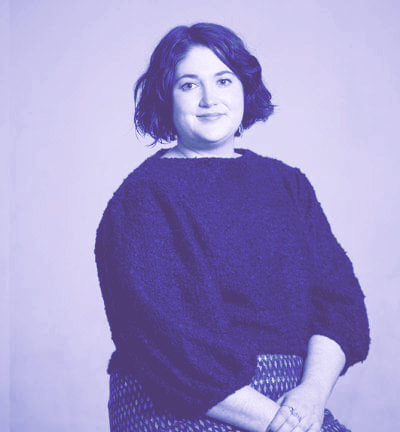
Carla Fisher Schwartz
Assistant Professor
Art 319 | carla.fisherschwartz@sjsu.edu
Carla Fisher Schwartz received her MFA in Visual Arts from Washington University in St. Louis, where she was awarded the Bell Cramer Award in Printmaking, and her BA in Studio Art from the University of California, Santa Cruz.
Carla's studio practice investigates the relationship between the mapped image and contemporary notions of exploration, virtuality, and the simulated environment through print media, sculpture and video installation. Her teaching specializes in Digital and Hybrid Processes. Her art has been exhibited at venues including the Chicago Artists Coalition (Chicago, IL), the SUBMISSION Gallery (Chicago, IL), the Cleve Carney Gallery (Glen Ellyn, IL), ACRE Projects (Chicago, IL) and the Mildred Lane Kemper Art Museum (St. Louis, MO). Recent residencies include Design Inquiry (Vinalhaven, ME), Terrain Residency (Springfield, IL), ACRE Projects (Steuben, WI) and HATCH Projects (Chicago, IL).
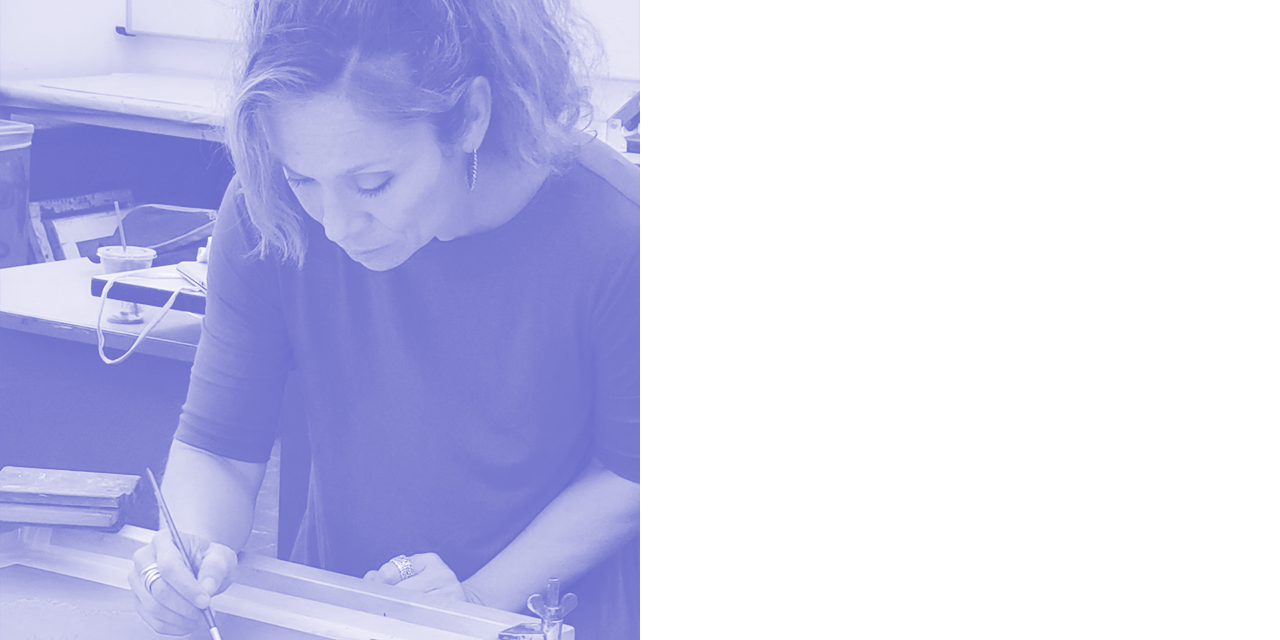
Irene Carvajal
Senior Lecturer
Irene Carvajal is an interdisciplinary Costa Rican-American artist. She received her BFA from the University of Kansas and her MFA from the San Francisco Art Institute. Her work examines labor, gender and colonialism.
Irene has exhibited and participated in residencies in the United States, Japan, Mexico and Costa Rica. She exhibits regularly at Ruths Table Gallery in San Francisco and is affiliated with Teorética Gallery in San Jose, Costa Rica. She is a member of We da Pepo art collective and is a 2022 California Arts Council Fellow. She has been teaching at SJSU since 2016. She has also taught at the San Francisco Art Institute, Stanford and Berkeley.

Erik Friedman
Senior Lecturer
Erik Friedman completed his BFA from Parsons School of Design in New York, and his MFA from San Jose State University in San Jose, CA.
He has been a Lecturer in the Pictorial Area at San Jose State since 1999, and resides in Oakland, CA, where he has been a practicing artist concentrating in drawing and painting. His work has been shown throughout the Bay Area, California, and at Art Fairs in Portland, Miami, and New York.
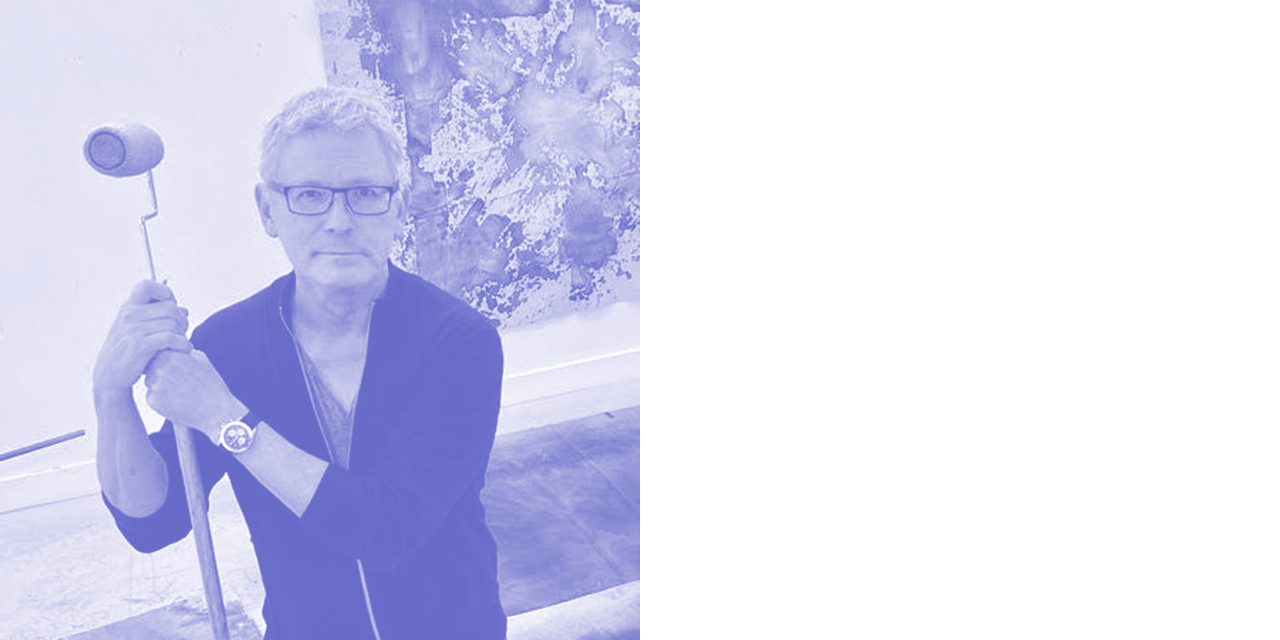
Donald Feasél
Senior Lecturer
Donald Feasél is a painter and lecturer living in San José, CA. He received his BA from the University of California, Los Angeles (1976) and his MFA from the University of California, Berkeley (1984).
He is represented by Brian Gross Fine Art in San Francisco where he has had 8 solo shows. Public collections include the San Jose Museum of Art and the Rene di Rosa Preserve, Napa, CA. He has been teaching at San José since 2006 after previous appointments at San Francisco Art Institute, California College of the Arts, and Dominican University.
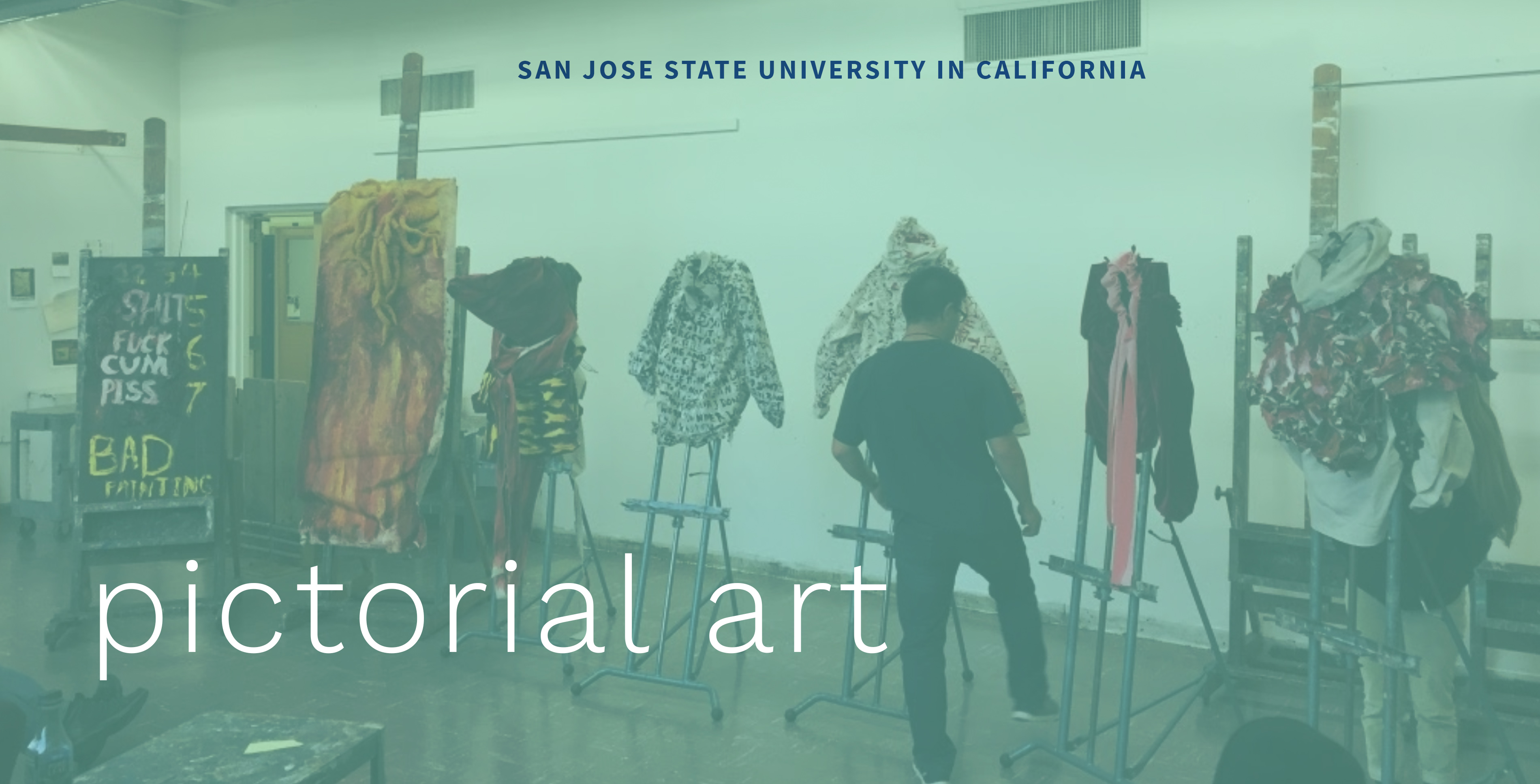 On this page:
On this page: